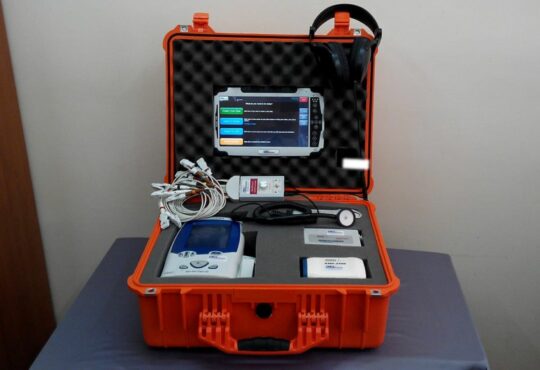About the SD card
The SD card is probably the most common memory card on the market. SD (Secure Digital) is a memory card format developed by the SD Association (SDA) for use in portable devices. The cards are useful accessories to all kinds of devices such as digital cameras, laptops, smartphones, and tablets.
But not all SD cards look the same, in fact, there are many capacities, speed classes, and physical sizes. Depending on the device, an SD card also varies from being the primary storage area to being a way to increase storage or just making it mobile.
In other words, there are several things to keep in mind when picking out the right SD card for your device. But don’t worry, we can help.
Physical size
First of all, you should check what physical size of SD card your device is compatible with. The range includes Standard SD cards, miniSD cards, and microSD cards, which all are explained below.
- Standard SD cards – These are the largest cards (32 mm x 24 mm x 2.1 mm) and weigh about two grams. This size is often used in today’s digital cameras. You can recognize the standard SD card via the cut on the top right corner.
- miniSD cards – The miniSD cards are smaller than the standard ones (21.5 mm x 20 mm x 1.4 mm) and weigh 0.8 g. This type was designed to be used in smaller mobile phones, but nowadays it has largely been replaced by an even smaller card size.
- microSD cards – The microSD card (15 mm x 11 mm x 1 mm) weighs just 0.25 g. Most mobile phones with a memory card slot support this size. You’ll also often find it in tablets and smaller action cameras.

What kind of physical SD card size your device is compatible with should be explained in the device’s product specifications. However, if you use a microSD card they often come with a standard SD card adapter. For example, it makes it a lot easier to use your memory card together in laptops since they mainly support the standard SD card size.
Capacity
Just as all other storage media the SD Cards have a broad variety regarding the amount of storage. There are three different capacity types deciding which range of storage your SD card can handle.
- The SD Standard Capacity (SDSC) stores from 1 MB to 2 GB.
- The newer SD High Capacity (SDHC) stores from 2 GB to 32 GB.
- And the latest SD Extended Capacity (SDXC) stores 32 GB to 2 TB.
The reason you should be aware of the different capacity types and not only look at the amount of gigabyte or terabyte is to ensure that the type matches your device. Even if you want a 2 TB SD memory card which then has to be an SDXC card, your device might only support the SDHC standard.

Speed class
Last but not least, you should also have an eye on how fast you want to be able to transfer the files from your SD card. SD card manufacturers use speed classes, but the SD Association does not actually define the exact speed with these classes, they just use them as guidelines.
The speed classes that exist are 2, 4, 6 and 10 with speed Class 10 being the fastest one. If you want the best of the best, there are also two Ultra High Speed (UHS) classes. These are mainly designed for professional use.
What should be considered regarding these speed classes is perhaps the exact speed (often measured in megabytes per second) that your SD card can handle to see if it matches your needs.
If you aren’t that much into exact numbers you might only need to know that Class 2 (the slowest one) is suitable for standard definition video recording and Class 10 is suitable for full HD video recording. The middle classes are suitable for high definition video recording.

Summary
Hopefully, you now feel a bit more briefed before investing in this often vital accessory. Make sure to check what SD card your device supports and then decide which one matches your needs in terms of performance.
Interested in more Tech articles? Check out: The Technology





